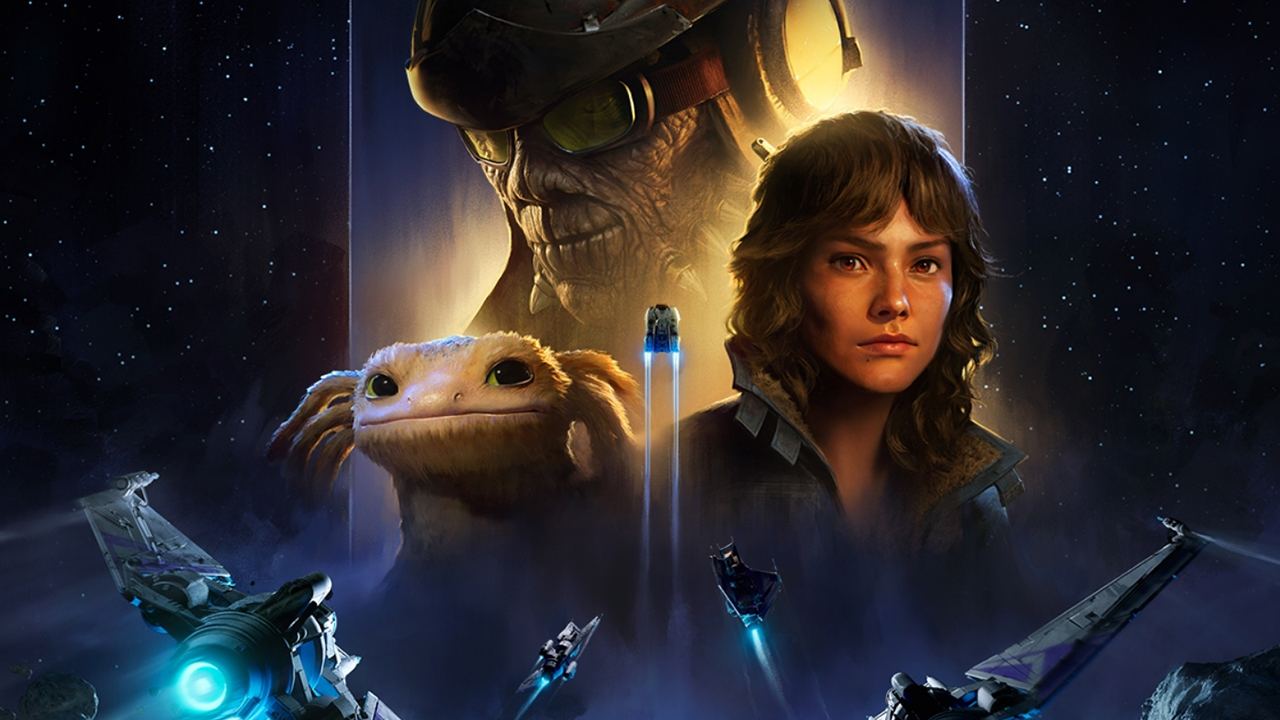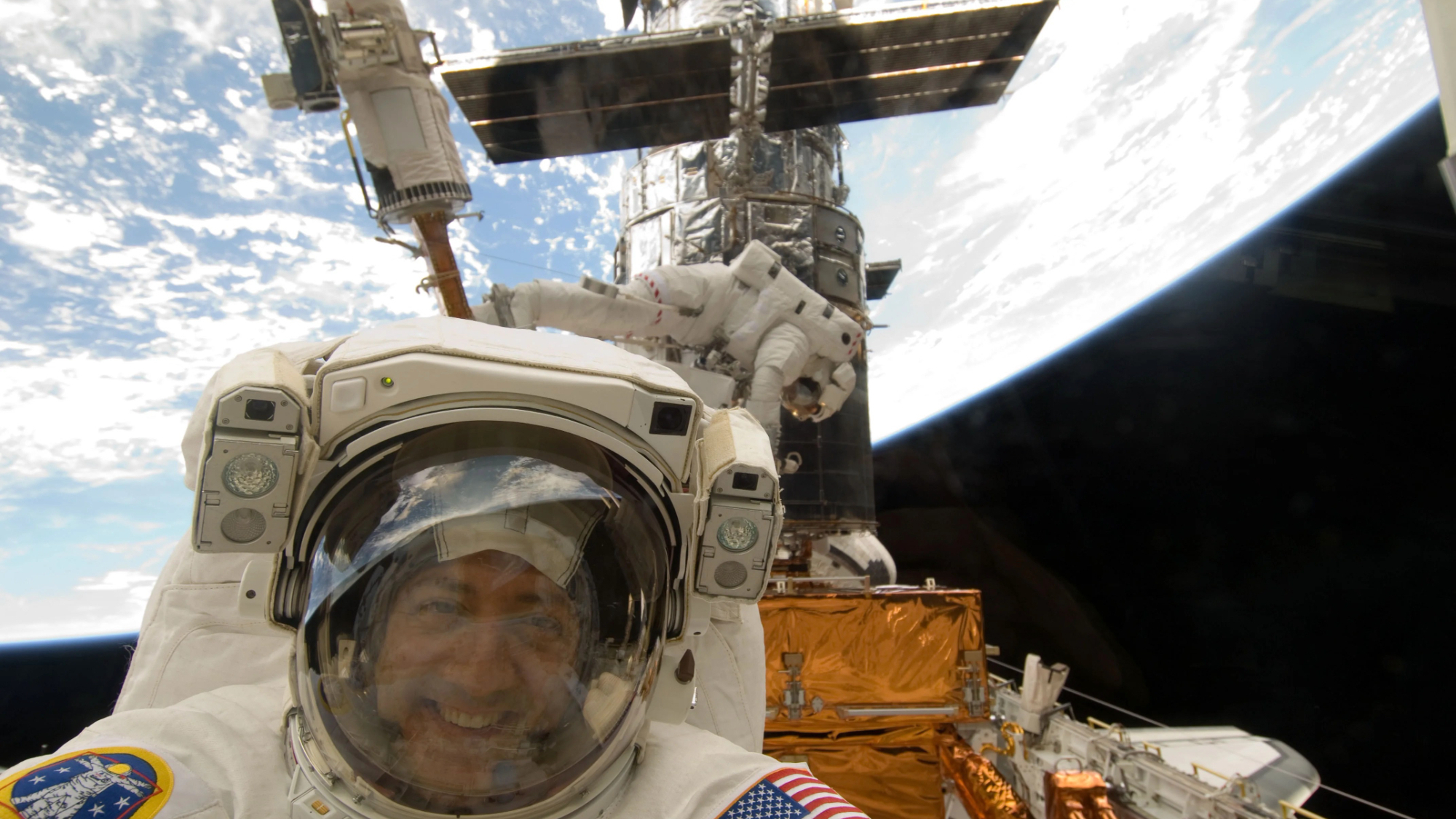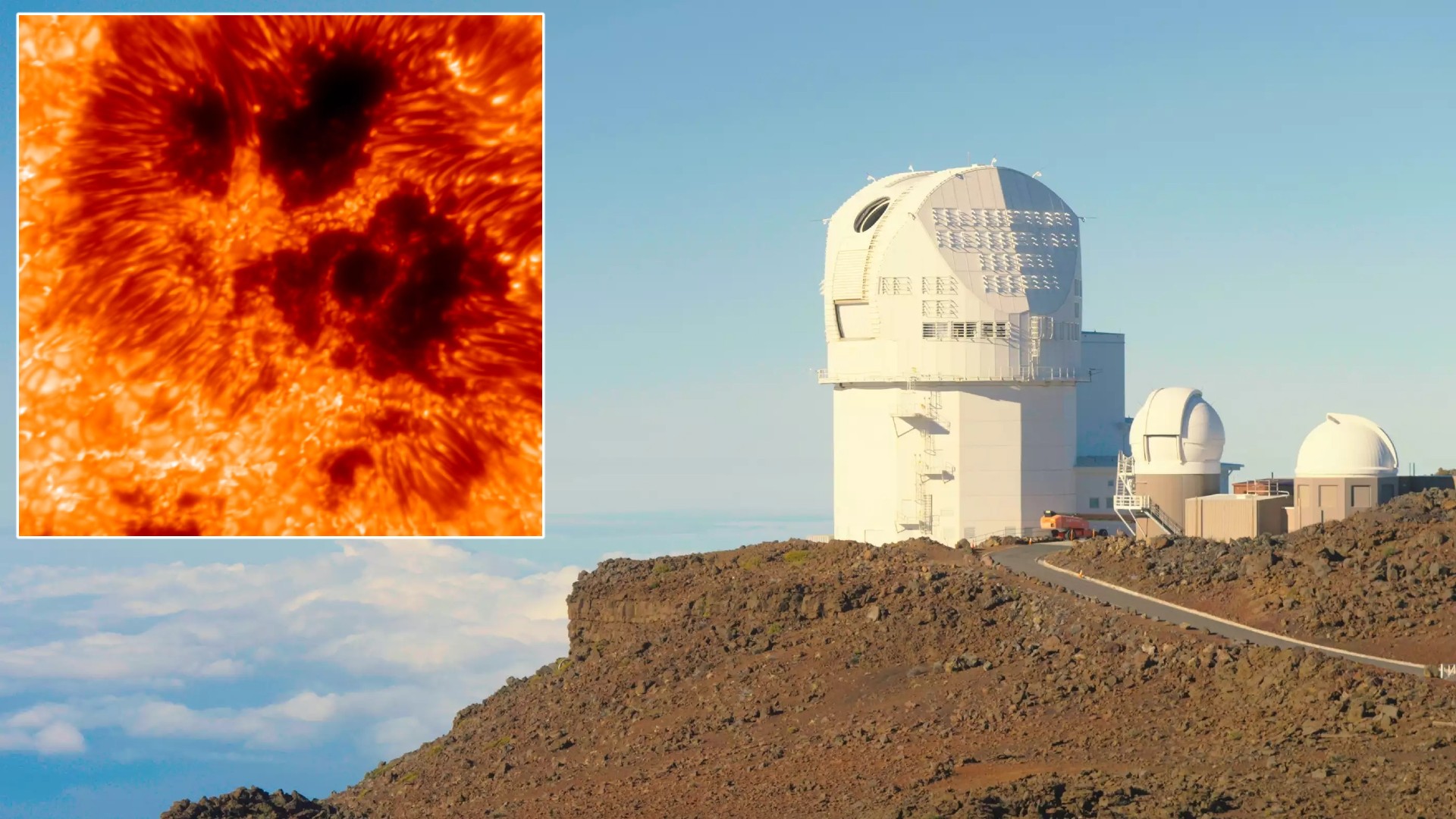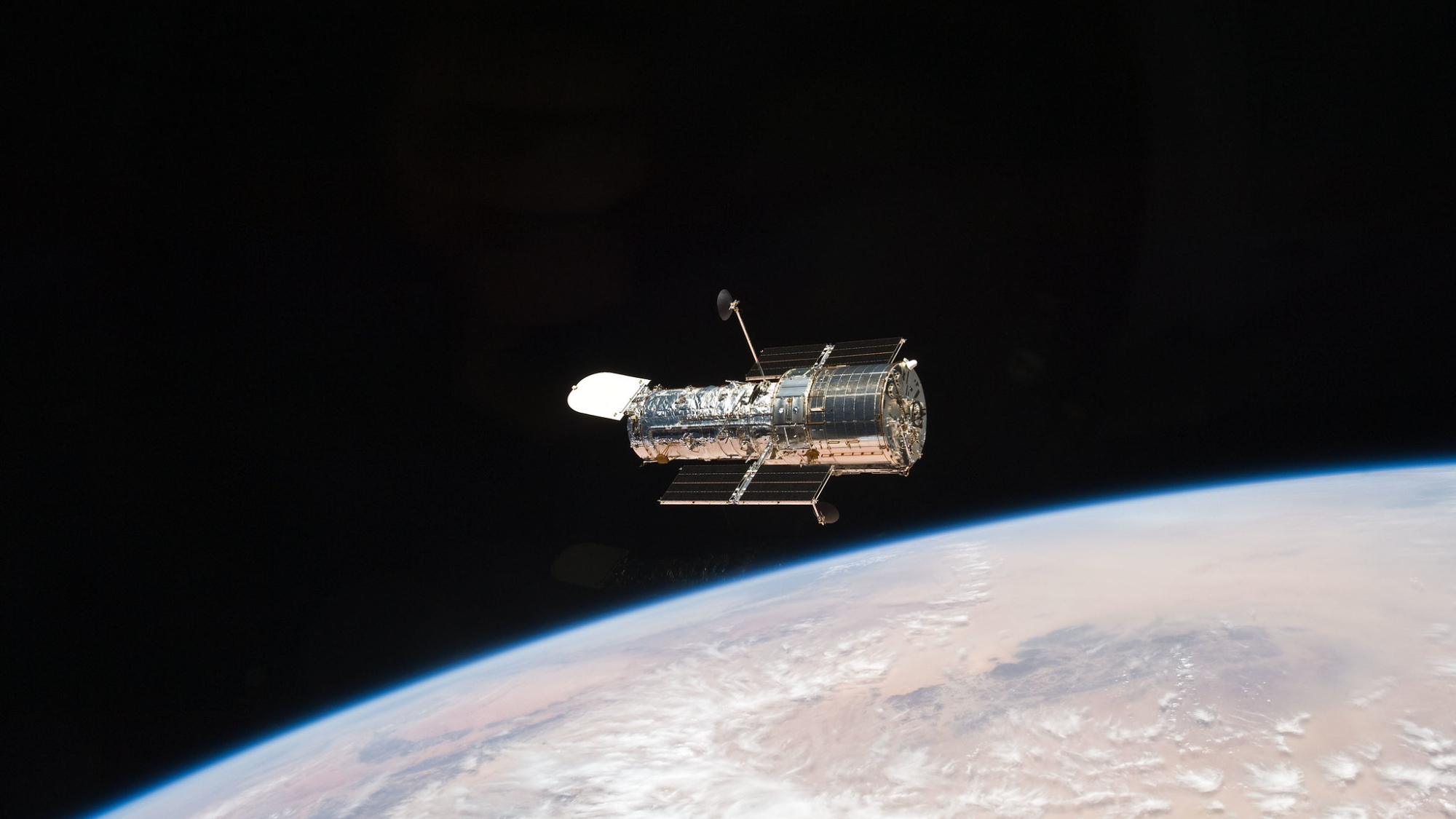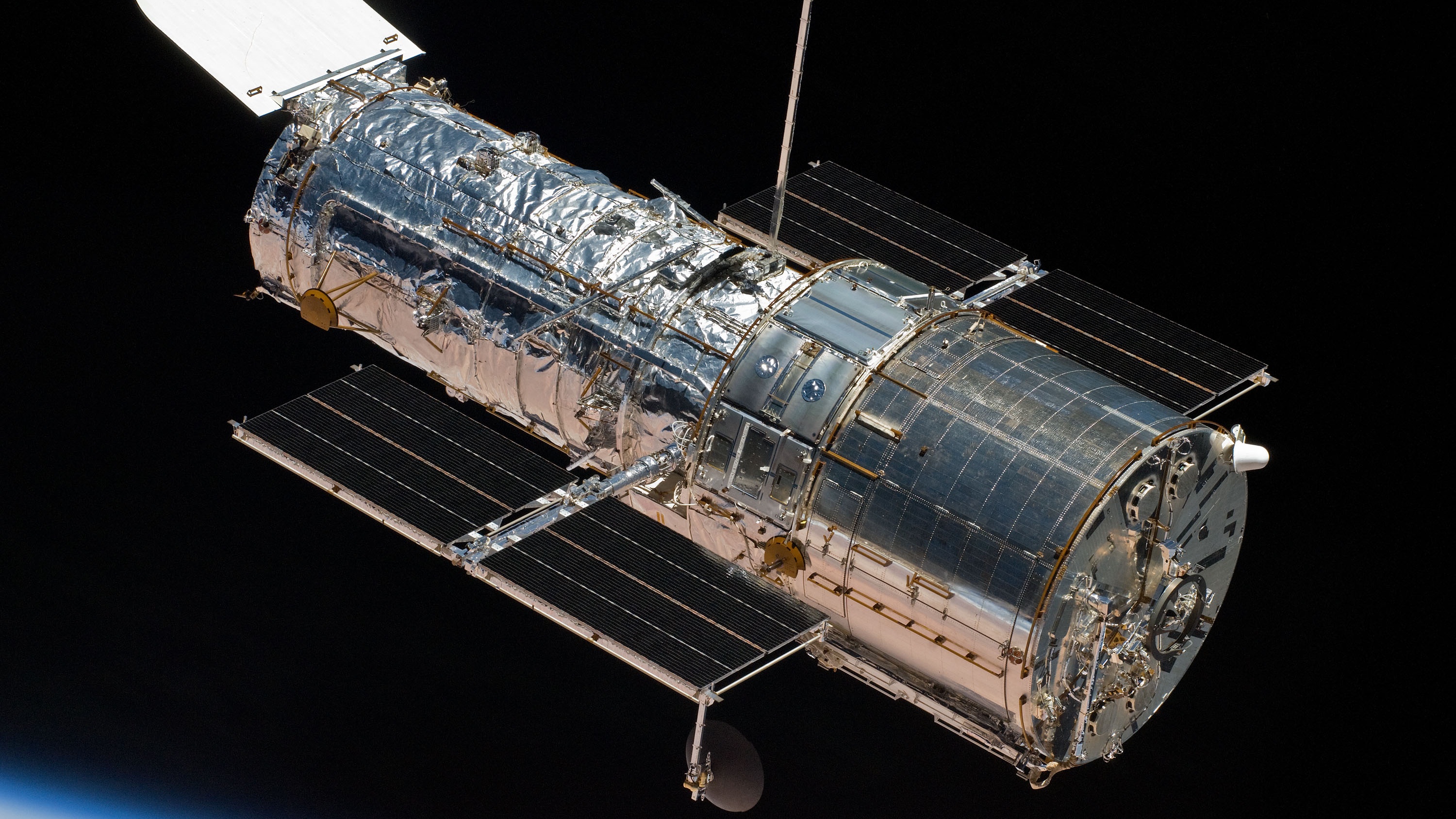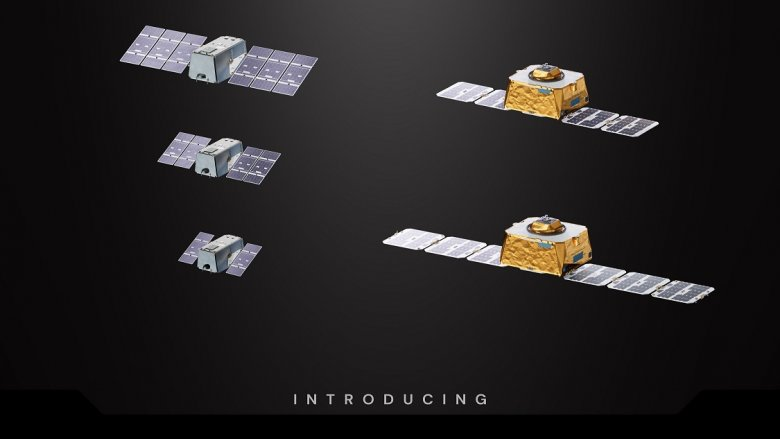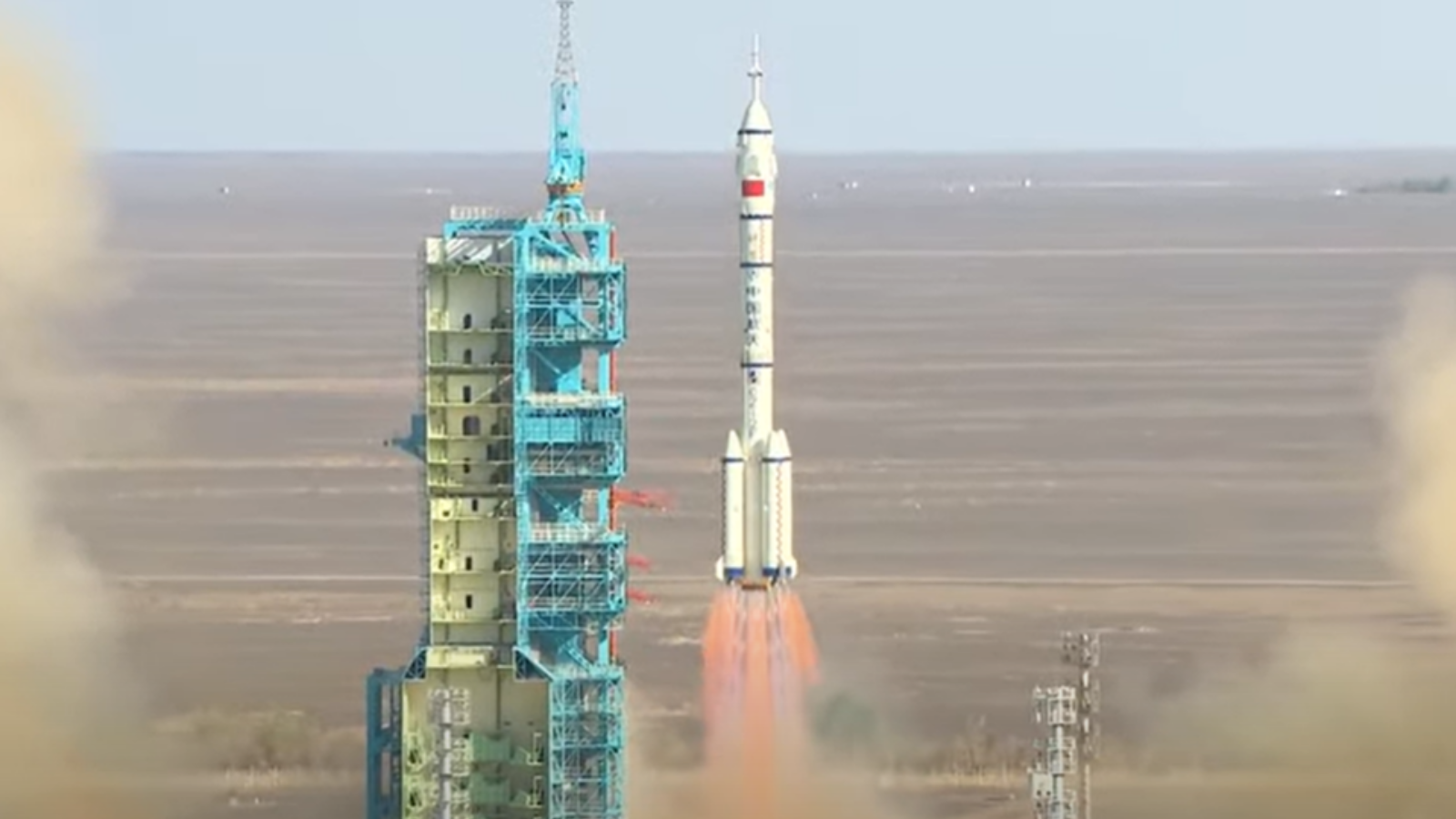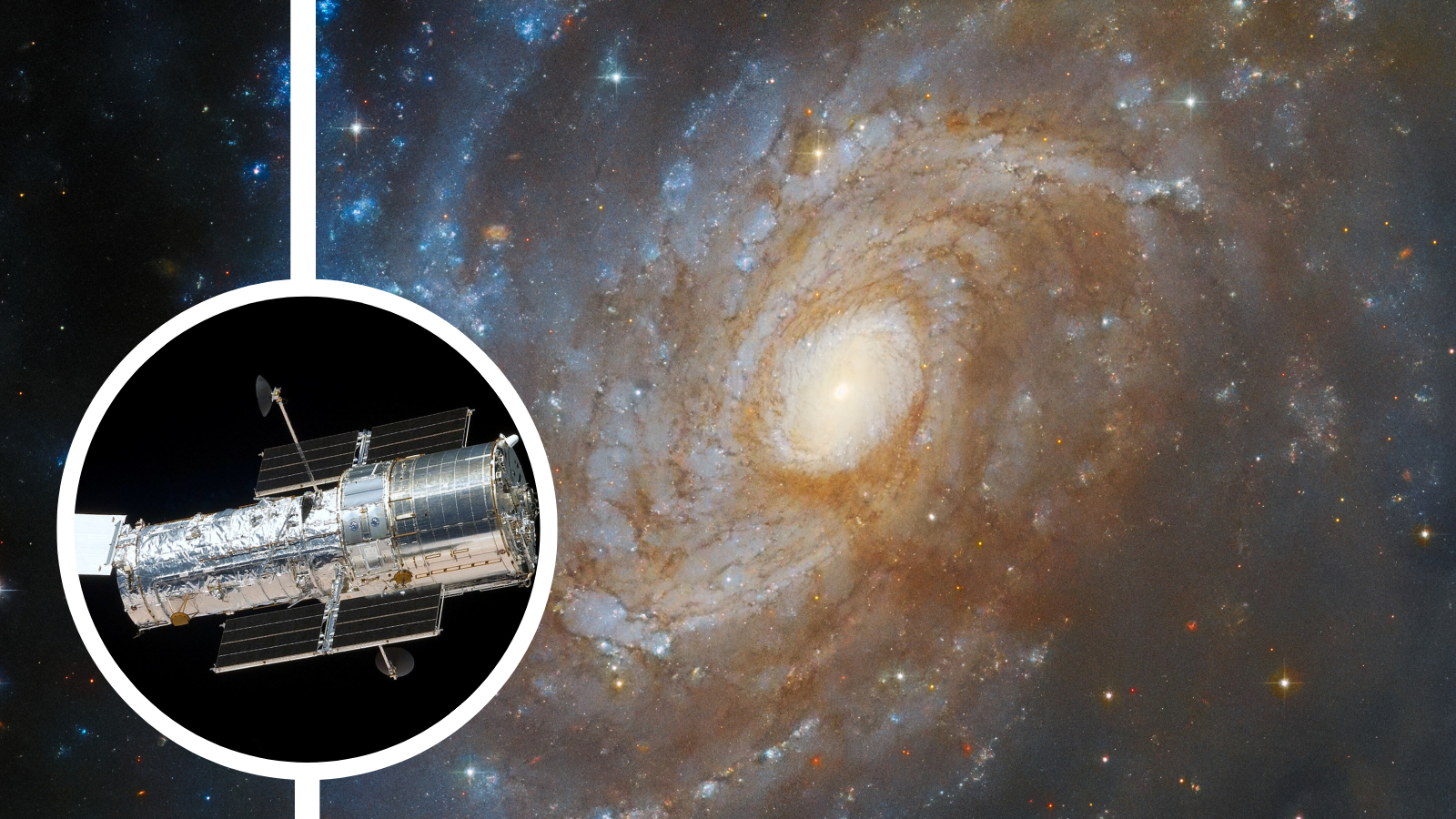Reid Wiseman named new chief astronaut at NASA for 'exciting times to come'
He'll lead NASA's Artemis generation of astronauts.
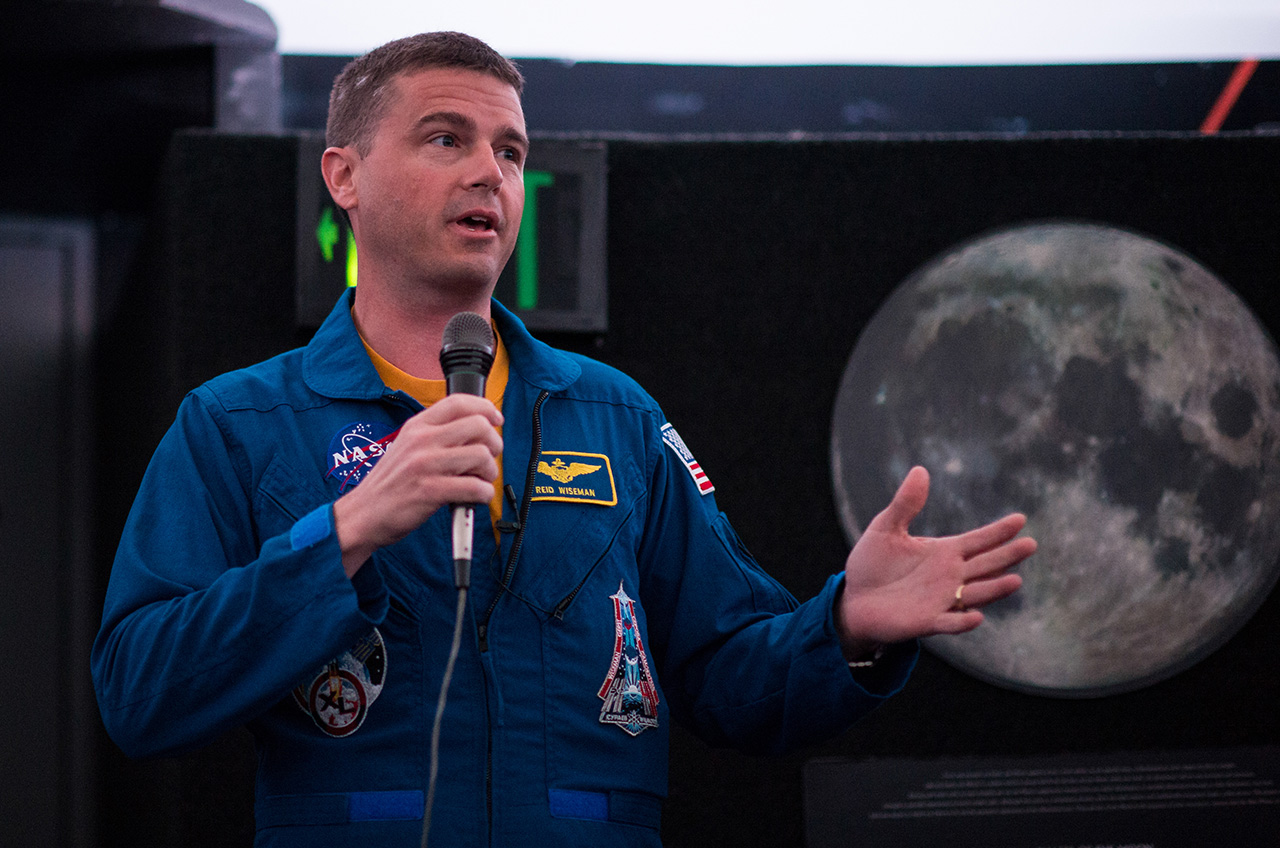
NASA has chosen a new leader to head up its "Artemis Generation" of space explorers and possibly select the first woman and next man to walk on the moon.
Reid Wiseman has been named Chief of the Astronaut Office at NASA's Johnson Space Center in Houston. An astronaut himself since 2009, Wiseman will now be responsible for assigning crews to future U.S. missions, including commercial flights to the International Space Station and Artemis missions to orbit and, maybe, to land on the moon.
"Reid's energy and enthusiasm for space exploration are matched only by his thoughtfulness and commitment to his fellow astronauts," Steve Koerner, NASA's Director of Flight Operations, said in a statement released on Thursday (Dec. 17). "He will be a great chief for the astronaut office in the exciting times to come."
Related: NASA reveals 'Artemis Team' astronauts for moon missions
More: Amazing space photos by astronaut Reid Wiseman
Wiseman's selection came just a week after NASA named a subset of its astronaut corps to become the Artemis Team, a group of 18 men and women who will prepare the agency for returning humans to the lunar surface and maybe fly to the moon themselves. Wiseman also enters the role while the first "operational" commercial crew mission is underway at the space station, with seven people serving on board the orbiting laboratory for the first time.
As NASA's chief astronaut, Wiseman will be in charge of the current 46 active U.S. astronauts in the office and will coordinate training, missions and activities with an additional 18 international astronauts from Canada, Europe and Japan. NASA is also expecting to announce a new class of astronaut candidates in late 2021, after a delay in the group's selection due the coronavirus pandemic.
Related: What it's to become a NASA astronaut: 10 surprising facts
Get the Space.com Newsletter
Breaking space news, the latest updates on rocket launches, skywatching events and more!

Wiseman succeeds Patrick Forrester, who has been the chief astronaut since June 2017, and who Wiseman supported as his deputy. Forrester is taking an extended leave of absence to pursue a personal opportunity outside of NASA.
"Pat has provided a bedrock of steadfast, forthright leadership in the astronaut office during a crucial time for NASA as we launched the first commercial crew flights and laid the groundwork for Artemis missions. His dedication to the astronaut corps has been evident at every turn and we appreciate all the hard work he has put in over the past three years," said Koerner.
A captain in the U.S Navy, test pilot and engineer, Gregory Reid "Tonto" Wiseman logged more than 165 days aboard the International Space Station on his first spaceflight in 2014. During that time, he took part in two spacewalks to upgrade the mobile servicing system for the Canadarm2 robotic arm and begin the reconfigurations needed for SpaceX and Boeing commercial crew missions.
Since returning to Earth, Wiseman has supported the astronaut office in a number of roles, including as associate director of the flight operations directorate.

Wiseman is NASA's 17th Chief of the Astronaut Office, a position that was first created for and held by Mercury astronaut Deke Slayton in 1962 (the title "chief astronaut" or "Chief of the Astronaut Office" was not established until late 1963, when Alan Shepard took over the role).
The prior chief astronauts have included: Slayton (1962-1963); Shepard (1963-1969); Thomas Stafford (1969-1971); Shepard (1971-1974); John Young (1974-1987); Dan Brandenstein (1987-1992); Robert "Hoot" Gibson (1992-1994); Robert Cabana (1994-1997); Kenneth Cockrell (1997-1998); Charles Precourt (1998-2002); Kent Rominger (2002-2006); Steven Lindsey (2006-2009); Peggy Whitson (2009-2012); Robert Behnken (2012-2015); Christopher Cassidy (2015-2017) and Forrester (2017-2020).
Follow collectSPACE.com on Facebook and on Twitter at @collectSPACE. Copyright 2020 collectSPACE.com. All rights reserved.
Join our Space Forums to keep talking space on the latest missions, night sky and more! And if you have a news tip, correction or comment, let us know at: community@space.com.

Robert Pearlman is a space historian, journalist and the founder and editor of collectSPACE.com, a daily news publication and community devoted to space history with a particular focus on how and where space exploration intersects with pop culture. Pearlman is also a contributing writer for Space.com and co-author of "Space Stations: The Art, Science, and Reality of Working in Space” published by Smithsonian Books in 2018.In 2009, he was inducted into the U.S. Space Camp Hall of Fame in Huntsville, Alabama. In 2021, he was honored by the American Astronautical Society with the Ordway Award for Sustained Excellence in Spaceflight History. In 2023, the National Space Club Florida Committee recognized Pearlman with the Kolcum News and Communications Award for excellence in telling the space story along the Space Coast and throughout the world.

